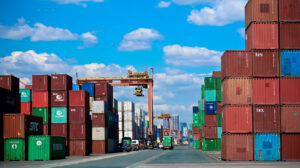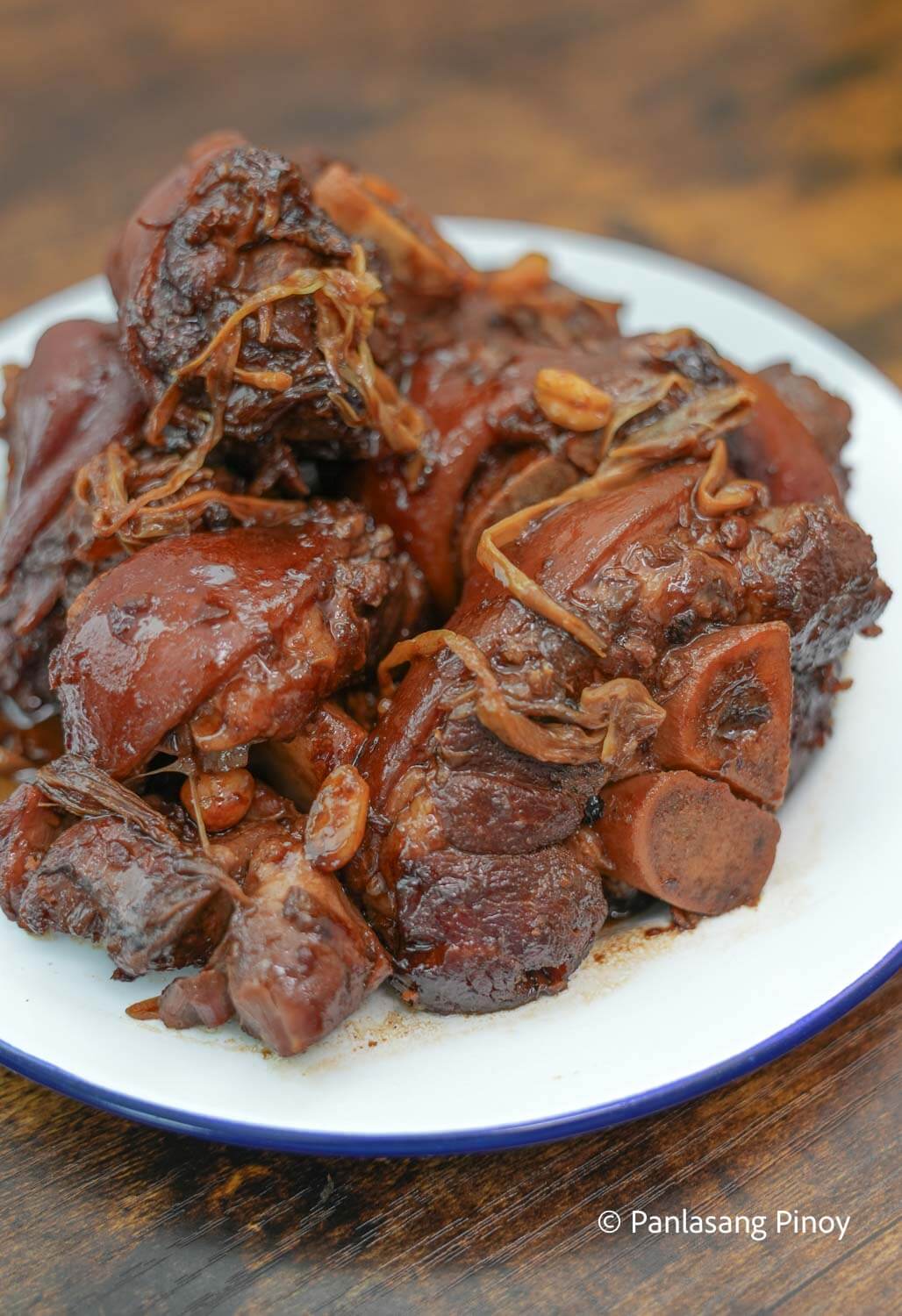To mask or not to mask? G20 gathers nations with divergent COVID rules
NUSA DUA, Indonesia — Nearly three years into the coronavirus disease 2019 (COVID-19) pandemic, leaders of G20 countries are gathering on the Indonesian resort island of Bali with strict testing and masking requirements, even though such measures...

NUSA DUA, Indonesia — Nearly three years into the coronavirus disease 2019 (COVID-19) pandemic, leaders of G20 countries are gathering on the Indonesian resort island of Bali with strict testing and masking requirements, even though such measures have been largely dropped in some member countries.
It is Chinese President Xi Jinping’s first G20 summit — and only his second trip abroad — since the start of the pandemic as his country continues its zero-COVID policy of lockdowns and quarantine that are among the world’s strictest.
Other G20 nations have varying measures in place and different social conventions for the coronavirus, which has so far infected 631 million people worldwide and killed nearly 6.6 million, though vaccines have significantly slowed the death rate.
Below is a look at summit protocols and some of the divergent approaches to COVID-19 among G20 nations.
WHAT ARE THE SUMMIT’S COVID POLICIES?
Indonesia, which holds the G20 presidency, has strict protocols in place, including mask mandates, body temperature checks, antigen, and PCR (polymerase chain reaction) swab tests, to prevent the risk of virus spread.
The Nusa Dua district is hosting the summit and has been under lockdown since Nov. 11 and will remain so until Nov. 17.
Four mini-intensive care units, 23 clinics and 13 “medical mobile teams,” will be deployed during the summit, including more than 400 medical staff.
Seven hospitals, with a total of 1,350 beds, were designated to accommodate summit participants who might need to be isolated for COVID-19. Navy vessel KRI Wahidin Sudirohusodo will also be deployed off Nusa Dua as a “floating hospital.”
CHINA
China maintains among the world’s most stringent COVID restrictions but on Friday eased some measures, including shortening quarantines for close contacts of infected people and for inbound travelers and removing a penalty for airlines for bringing in too many cases.
Under the new rules, quarantine times at centralized sites for close contacts and travelers from abroad are shortened from seven to five days.
China will also stop trying to identify “secondary” contacts while still identifying close contacts.
JAPAN
In Japan, most people on the streets continue to wear face masks, despite the government advising that they can discontinue doing so outside. Most public venues and transportation still ask people to wear a face mask
The country lifted in March quasi-emergency curbs imposed on Tokyo and 17 other prefectures centered on limiting hours for eateries and other businesses since new infections had dropped substantially.
Japan, which has some of the strictest pandemic border measures among major economies, said in August it may lift requirements for pre-departure COVID-19 tests for travelers and raise daily caps on entrants.
UNITED STATES
Nearly all COVID rules in the United States have been relaxed and recommendations by the US Centers for Disease Control (CDC) have eased suggested measures. US states and major cities no longer require masks to be worn in transit hubs. There are few requirements remaining for people to show proof of vaccination or negative tests but with some exceptions for schools, universities and healthcare workers.
The CDC recommends people on public transport and at transport hubs wear masks, but it is no longer required by airlines or in federal buildings. In June it rescinded a requirement for people arriving in the country by air to test negative for COVID-19. But most foreign visitors arriving by airplane must still show proof of COVID vaccination.
GERMANY
All major restrictions, including work from home requirements, expired on March 20, though wearing medical-grade masks on public transportation and long-distance trains is still required.
Germany eased COVID-19 curbs in stages, starting by allowing private indoor meetings for those vaccinated or recovered from the virus in February, and ending checks at non-essential stores for a proof of vaccination or a negative test.
From March, it increased the maximum permitted size for outdoor events to 25,000 people, and nightclubs reopened for recipients of three vaccine doses or two doses of vaccine plus a negative COVID test.
ARGENTINA
Argentina, among the countries with the most deaths per capita in the world, along with its Latin American neighbors, has loosened strict border controls, allowed more commercial activities and lifted outdoor mask mandate, although it recommends their use in indoor settings.
SOUTH AFRICA
South Africa which has recorded the most coronavirus cases and deaths on the African continent, said it June it has repealed COVID-19 rules that made masks mandatory in indoor public spaces, limited the size of gatherings and imposed entry requirements at its borders.
INDIA
India began easing movement restrictions in the middle of last year to allow more businesses to operate. International travel arrangements are now largely at the pre-pandemic level.
India relaxed its rules on testing, quarantine and hospital admissions in January to free up resources for its neediest people, but still recommends social distancing, hand washing and mask wearing. Rules on masks vary between states.
Mandatory testing for contacts of confirmed cases were dropped earlier this year unless they were old or battling other conditions, and the isolation period was halved to a week. Hospitals were advised to care only for the seriously ill.
TURKEY
Turkey eased the majority of its coronavirus curbs in March, almost two years after its first case was identified, and lifted its longtime indoor mask mandate in May.
Health officials in March said the fight against the disease will be at an individual level rather than society-wide and people without symptoms would not be tested. — Reuters























